Search The Collection
Filter By
Object Type / Material
Geographic Location
Date / Era
Department
Show Only:
- As part of the Met's Open Access policy, you can freely copy, modify and distribute this image, even for commercial purposes.APIPublic domain data for this object can also be accessed using the Met's Open Access API
- Objects with changed or unknown ownership in continental Europe between 1933-1945. Learn more
Showing 669 results for hilt, possibly India
Sort By:
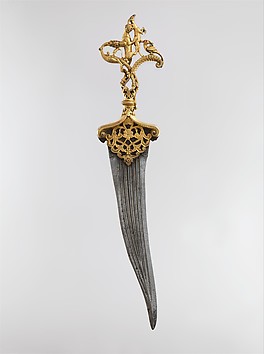
second half 16th century
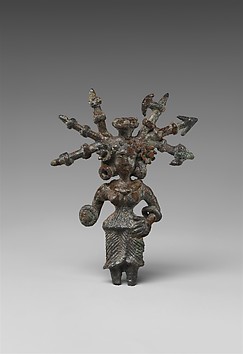
North India (possibly Kausambi, Uttar Pradesh)
2nd century BCE
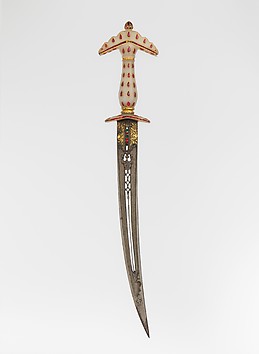
Hilt, Indian, Mughal; blade, Turkish or Indian
late 17th century
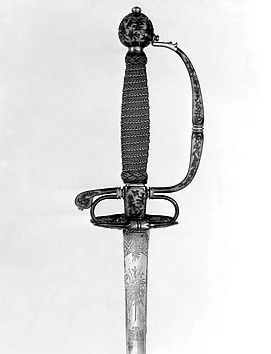
hilt, Japanese, possibly Dejima; blade, European
ca. 1730
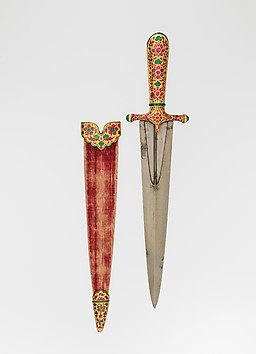
Indian, Mughal
1605–27
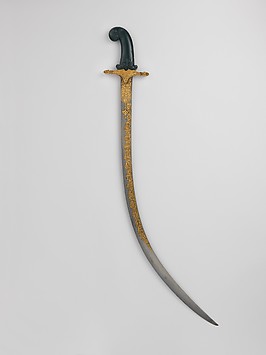
blade, possibly Iranian; guard and decoration on blade, Turkish; grip, Indian
blade, 18th–19th century; guard and decoration on blade, 19th century; grip, 18th century
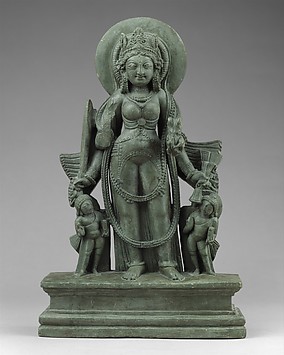
India (Jammu and Kashmir, ancient kingdom of Kashmir)
late 9th century
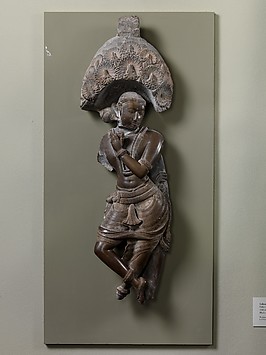
India (Karnataka, possibly Dharwar)
11th century
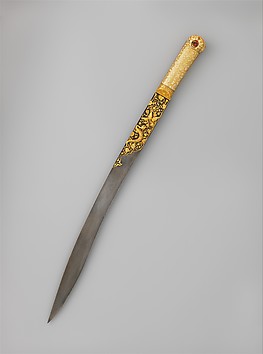
Ahmed Tekelü
ca. 1525–30
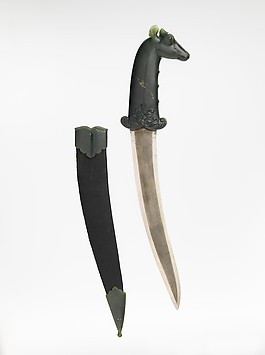
ca. 1640
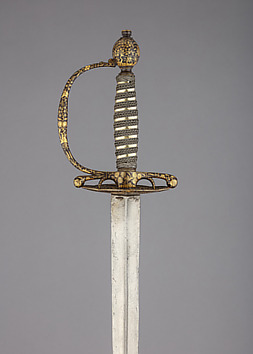
hilt, possibly India; blade, possibly European
possibly 1790

India (Jammu and Kashmir, ancient kingdom of Kashmir)
late 6th–7th century
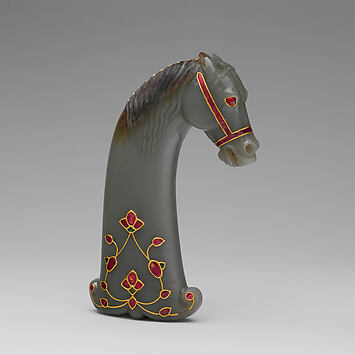
India
18th–19th century

North India (possibly Uttar Pradesh)
ca. 7th century

possibly Indian
late 18th century
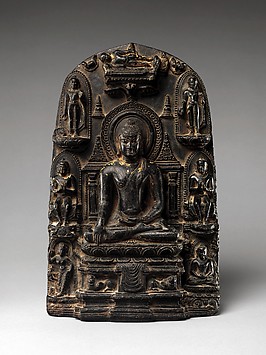
India, Bihar, possibly from Nalanda
10th century
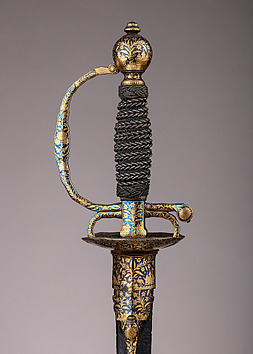
Northern Indian, for the Western market
ca. 1775
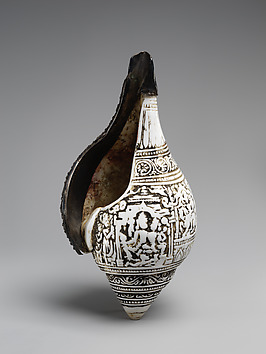
India (possibly West Bengal) or Bangladesh
11th–12th century
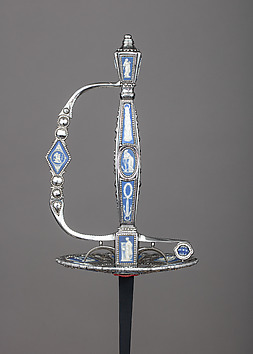
Matthew Boulton
ca. 1790
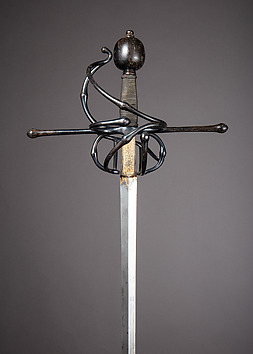
possibly Italian
ca. 1575–80
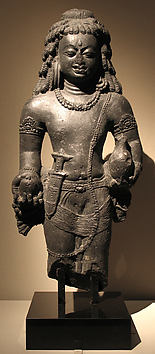
India (Bihar)
6th century
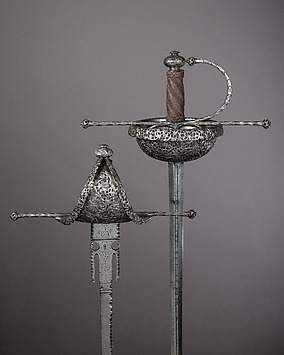
Italian, possibly Naples
ca. 1650–75
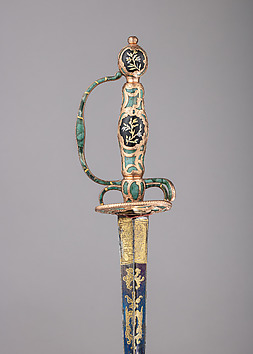
possibly German
ca. 1750–60
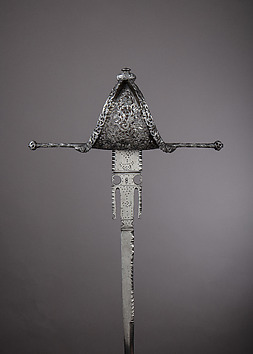
Italian, possibly Naples
ca. 1650–75
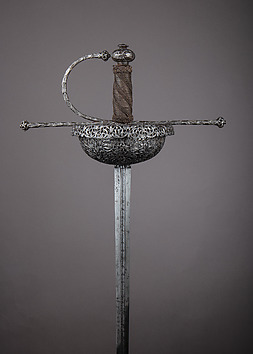
Italian, possibly Naples
ca. 1650–75
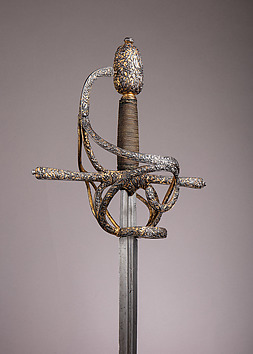
German, possibly Munich
ca. 1600–1620
possibly Indian
19th century

Pietro de Formicano
ca. 1610–20
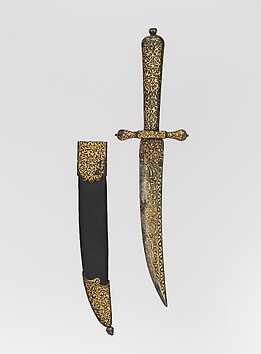
blade, Turkish; hilt and scabbard, European, possibly Italian
blade, mid-16th century; hilt and scabbard, probably mid-16th century
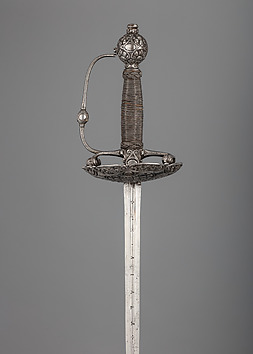
Tomas Aiala
hilt, ca. 1625–50; blade, 17th century
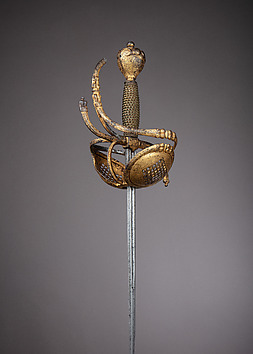
Northern European, possibly Flanders
ca. 1620–30
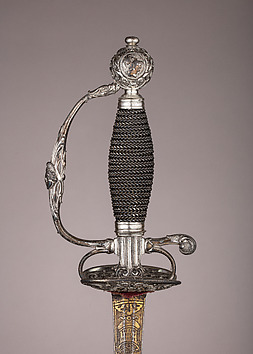
German, possibly Augsburg
ca. 1730
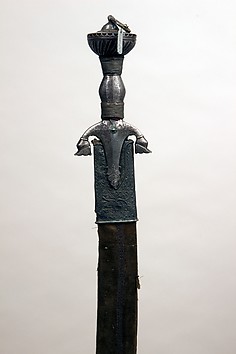
hilt, Indian; blade, Persian
possibly 18th century
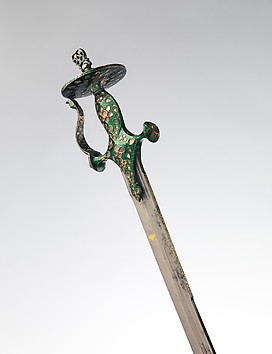
Indian
blade, dated A.H. 835/1673 CE; hilt, 19th century
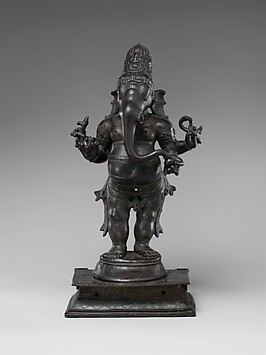
India, Tamil Nadu
12th century
s1d1.jpg)
hilt, Scottish; blade, German, Solingen
16th–17th century
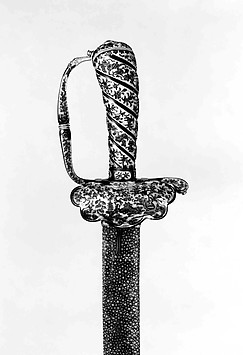
hilt, Japanese, made for the European market
hilt, ca. 1700; blade, ca. 1700–1725
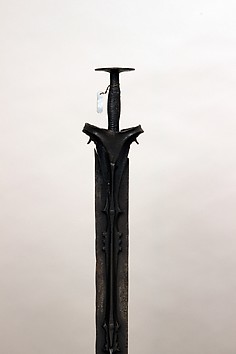
South Indian
possibly 16th century
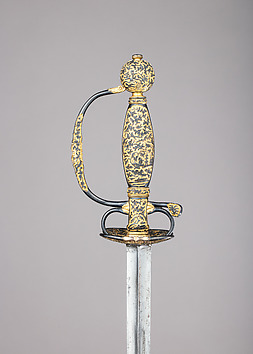
Japanese, possibly Dejima, for the Western market
ca. 1730

Indian, South Indian
possibly 17th–18th century